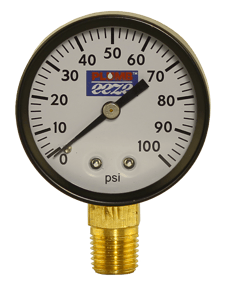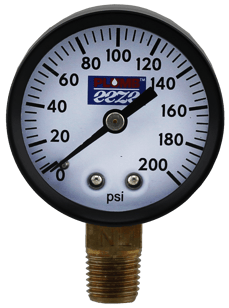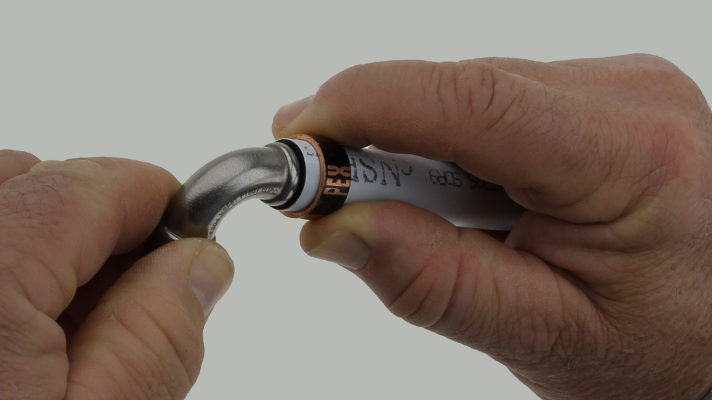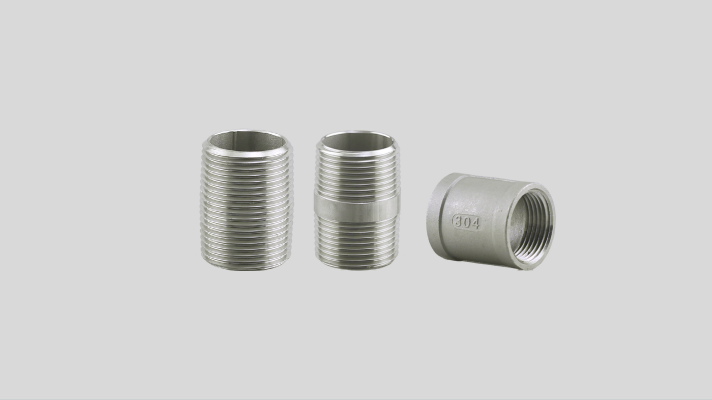Selecting a pressure gauge for your application comes down to different decisions, one being liquid filled or dry. It may seem like a small decision, but how do you know how to determine which one you actually need? Throughout this blog post, we will explore when and why you would need a liquid filled gauge over a dry gauge, walking through the different applications for both. Let's take a look!
Why Should you Select a Liquid Filled Gauge?
Liquid filled pressure gauges measure the pressure points of high stress situations like pressure peaks and mechanical vibrations. Liquid filled pressure gauges are usually filled with glycerine or a combination of both glycerine and water. Certain glycerine filled gauges are required depending on the condition you need the liquid filled gauge for.
Application
Standard liquid filled pressure gauges are filled with glycerine that is 100% (99.7% min). At +17 degrees C, the glycerine will start to become sticky and as the temperature decreases, the more slimy the glycerine will become. As the glycerine becomes more slimy, the pointer will start to move slowly to the correct position. If the temperature reaches -5 degrees C, the gauge would stop working. Choosing a location with an even temperature that often doesn't fluctuate, is the perfect location for a standard pressure gauge.
Liquid filled gauges can be used in temperatures as low as -46 degrees C as long as it includes 2 parts glycerine with 1 part of water. Liquid filled gauges are perfect for locations that are extremely cold like areas that have harsh winters. Almost all liquid filled gauges are sealed completely allowing them to perform in corrosive environments as they are moisture and ice resistant.
Environmental Advantage
Pressure gauges that are filled with glycerine are non hazardous to water, the glycerine is completely biodegradable and they are non toxic making them extremely environmentally friendly.
Why Should you Select a Dry Gauge?
Not all applications require a liquid filled gauge, for some situations a dry gauge may be  better suited. Dry pressure gauges are typically used for industrial machines like air compressors. Dry gauges are most ideal for applications where mechanical vibrations are not a concern and where there is little moisture. If the temperature drops too much, it can cause the moisture to turn to ice which will cause the dry gauge to fail.
better suited. Dry pressure gauges are typically used for industrial machines like air compressors. Dry gauges are most ideal for applications where mechanical vibrations are not a concern and where there is little moisture. If the temperature drops too much, it can cause the moisture to turn to ice which will cause the dry gauge to fail.
Dry pressure gauges are typically cheaper compared to liquid filled gauges but if used in incorrect situations, it could cost you more on replacements. Liquid filled pressure gauges absorb any vibration and pressure spikes which will ultimately reduce any possibility of failure. Having a low failure rate means hardly any money spent on purchasing a replacement.
Dry and liquid filled pressure gauges are available in the same pressure ranges but in some cases, liquid filled gauges are available in higher ranges.
Before selecting a gauge, it is good to be aware of the environment for which the gauge will be located to ensure you are picking the correct one. Also, be sure to keep in mind the benefits and disadvantages of each gauge.






SHARE